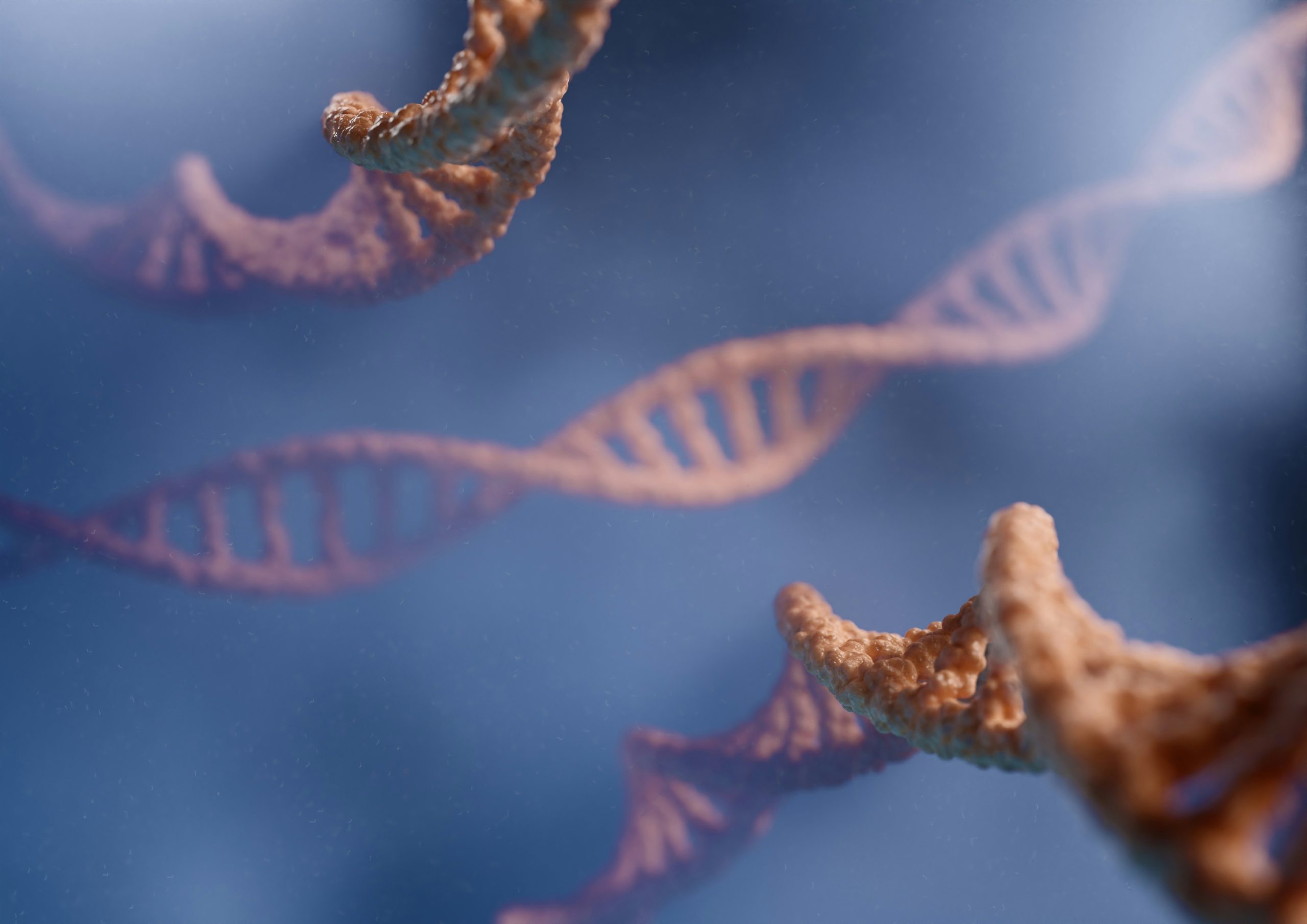Could evolutionary mismatch underlie the frequency of metabolic disorders? Photo credit: digitale.de via Unsplash
How our present-day lifestyle and environment are incoherent with our genetic makeup and how this dissonance is responsible for the widespread prevalence of metabolic syndrome in contemporary society.
Introduction
Evolutionary mismatch is an often-underused term describing the disparity between an organism’s or species’ new environment and a trait that previously aided survival. We can all agree that humans no longer live like we did 10,000 years ago. Human ingenuity and progress have been overwhelmingly positive and have contributed to building a society unrecognisable from that of our distant ancestors. Nevertheless, there are certain areas in which this progress may have become maladaptive nowadays, leading to harmful consequences. One of these is the rising prevalence of metabolic syndrome, a term describing the trident of commonly diagnosed metabolic disorders: type 2 diabetes, hypertension, and high cholesterol. These diseases have undoubtedly become commonplace due to the mismatch between our genetic makeup and the modern environment. Here, we delve into concepts explaining the prevalence of metabolic syndrome in the present day.
These diseases have undoubtedly become commonplace due to the mismatch between our genetic makeup and the modern environment.
Thrifty gene hypothesis
As hunter-gatherers, humans often alternated between periods of feasting and fasting. Hunting and gathering calorie-dense food took time, so efficient energy storage and expenditure became imperative. Individuals who stored energy as fat and used this energy efficiently had an evolutionary advantage during periods of starvation. This is known as the “thrifty gene hypothesis”, whereby an individual’s genetic makeup made them more prone to store fat on their bodies, acting as a reserve for when food was scarce. This may have been advantageous then, but nowadays, the utility of such a trait has been completely inverted to the point where it is a detriment. The thrifty gene hypothesis sets the foundation for understanding modern evolutionary mismatch in the context of metabolic syndrome.
…efficient energy storage and expenditure became imperative
The CREBRF gene coding for the CREB3 regulatory factor found on chromosome 5 is a fine example of a thrifty gene in action. The CREBRF missensevariant rs373863828 is found in almost half of all Samoans—a group of ethnic Polynesians living on the Samoan islands—and is responsible for an increased propensity to store fat on the body. As a result, these individuals are 35% more likely to be overweight or obese and have a higher BMI, compared with those who don’t possess this variant. This effect is amplified when combined with a poor diet and sedentary lifestyle, as is commonplace nowadays. Curiously, this variant grants the individual a reduced likelihood of type 2 diabetes—contrary to what is expected, namely an increased risk of type 2 diabetes with increased BMI. We can hypothesise that such a variant would have been extremely beneficial for individuals in times when food was scarce, providing them an evolutionary advantage and fostering their survival and proliferation. The high frequency at which this variant is found in the Samoan population clearly supports the hypothesis that this gene variant provides a benefit to carriers. In contemporary times, Samoa ranked as the seventh most obese country in the world, with 48.2% of its population being obese. This number has steadily increased over the years. The introduction of processed foods to the islands is a culprit for this increase in obesity, along with lower rates of physical activity; these dietary and lifestyle changes aren’t limited to Samoa but are widespread across the globe. While thrifty genes undeniably provided an evolutionary edge to carriers in the past, they are now part of the array of factors causing obesity and metabolic syndrome in contemporary society.
Diet and nutrition
Diet is perhaps the easiest and most obvious evolutionary mismatch to spot. Our consumption of junk food with little nutritional value has undoubtedly wreaked havoc on our collective health, opening the gates for metabolic disorders to gain a stronghold in our society. The worst thing is that whether we’re aware of the empty calories we are consuming or not, whether we put effort into eating well or not, it may not suffice to protect us from metabolic disorders. Mineral deficiencies in the soil we grow our crops in is one reason why. Monocultures and the lack of organic matter have led to low levels of nutrients in soil. Crops grown in this infertile soil will have little nutrients, and so when we consume them, we gain little nutrition. Without proper nutrition, our bodies cannot function optimally––and disease arises.
This would not have been the case for our ancestors living in a pre-agricultural age…
This would not have been the case for our ancestors living in a pre-agricultural age where the vast majority of land on which plants grew was fertile and rich in nutrients. Additionally, animals grazing on these nutrient-rich plants would, in turn, be much more nutrient-dense, enabling our ancestors to feast on meat containing high levels of minerals and other micronutrients. This low calorie-to-nutrition ratio meant our ancestors could consume all their necessary sustenance from a significantly lower quantity of food more than we can now in modern times. An increase in the volume of food and therefore calories without significant nutrition causes a major imbalance within the body, ultimately leading to metabolic syndrome.
Physical activity
Physical activity is another area of modern life that has drastically changed over the past millennia and even recent decades. The advent of modern conveniences that allow us to get away with less physical activity and movement, in general, has been spurred on by our desire for comfort and ease. In 2022, 31.3% of the global population was insufficiently active, up from 23.4% in 2000—an almost 8% increase in just two decades. Genetically and physiologically there is ample evidence that humans are designed for and function best when highly active. One example is our ability to sweat, which helps cool us down when persistence hunting animals for food, enabling us to run for longer distances without stopping, contrary to the animal being hunted who will have to stop. Other adaptations in humans include the gluteus maximus, which aids the body in endurance running, and cervical muscles in the neck which stabilise the head during impactful movements.
Genetically and physiologically there is ample evidence that humans are designed for and function best when highly active.
There has also been research in recent years into the epigenetic effects of exercise, showing that physical activity causes promoter hypomethylation of genes (which increases their expression) involved in metabolic processes like improved mitochondrial function and increased insulin sensitivity, energy metabolism, and glycogen metabolism. These effects greatly enhance our overall health and reduce our likelihood of developing metabolic disorders such as type 2 diabetes. Evolutionary biology categorically shows that we are designed to move, and move a lot. A lack of physical activity is indisputably a massive contributor to the prevalence of metabolic syndrome we see around us, exemplified in the rising rates of obesity, type 2 diabetes, and hypertension. It is not something our hunter-gatherer ancestors or even our ancestors from a few hundred years ago would have had to deal with. Despite the advances humanity has made, it seems we have neglected one of the most fundamental aspects of what makes us human.
This call to honour our evolutionary roots is not an invitation to divest ourselves of our moral responsibilities and obligations associated with modern life, like our career, maintaining social cohesion, and conforming to societal expectations, but rather an appeal to integrate the physical necessities our very bodies require to achieve optimal function. It is important to recognise the mismatch between our evolutionary biology that influences what our bodies require to function optimally, and the lifestyles we live. Only through understanding the importance of this unchangeable aspect of our nature can we make changes that reduce the prevalence of metabolic syndrome in modern society.





